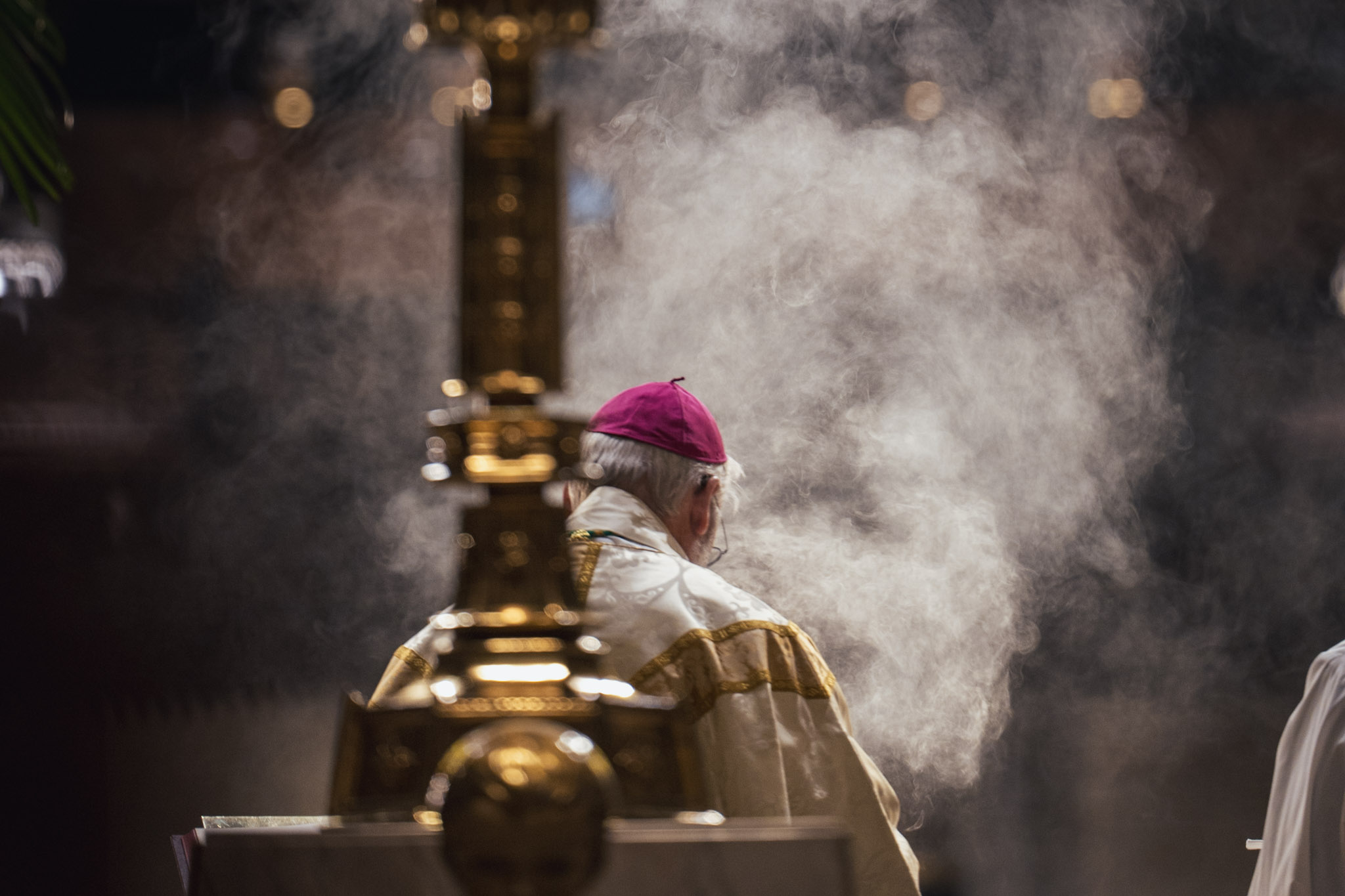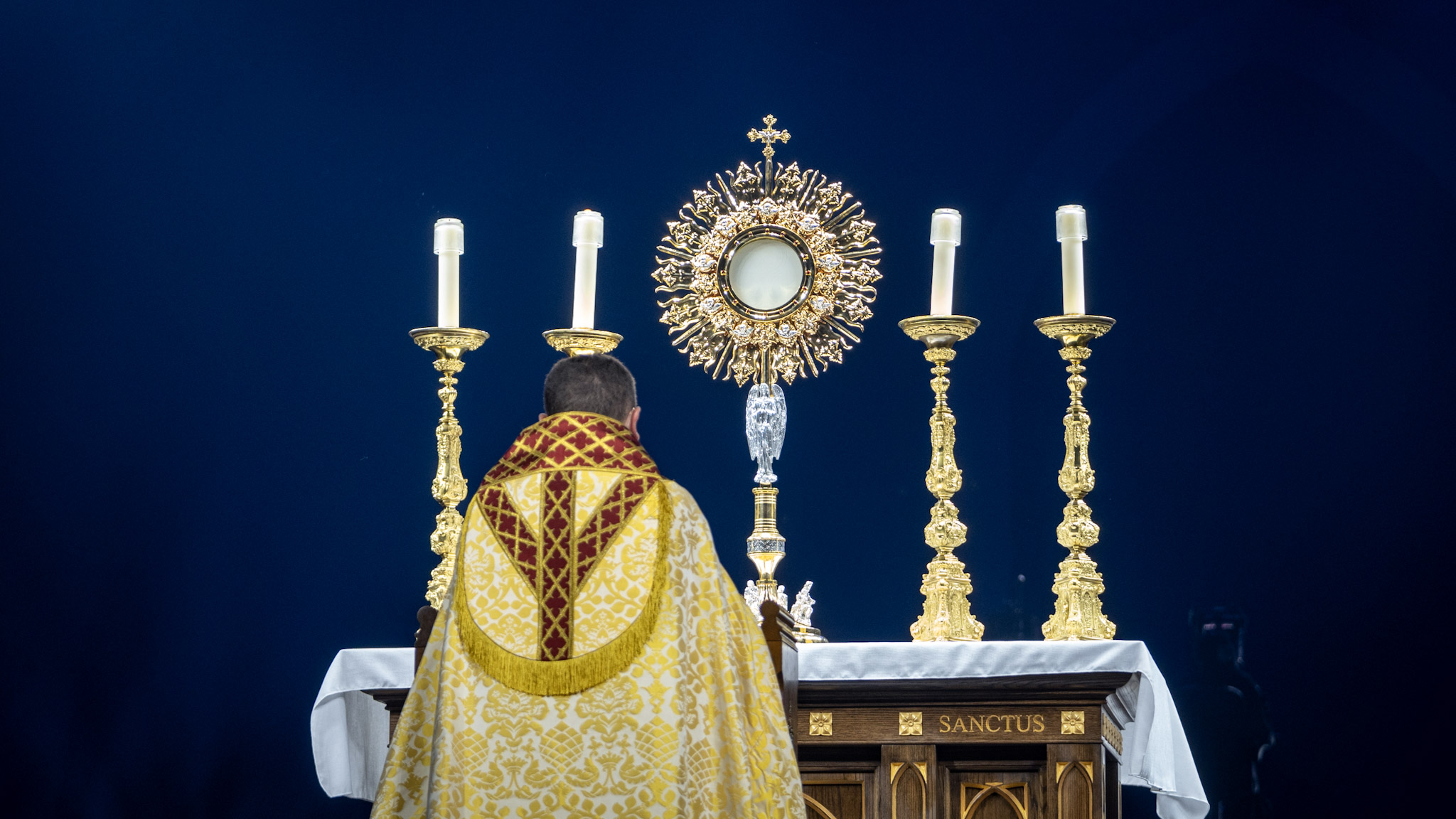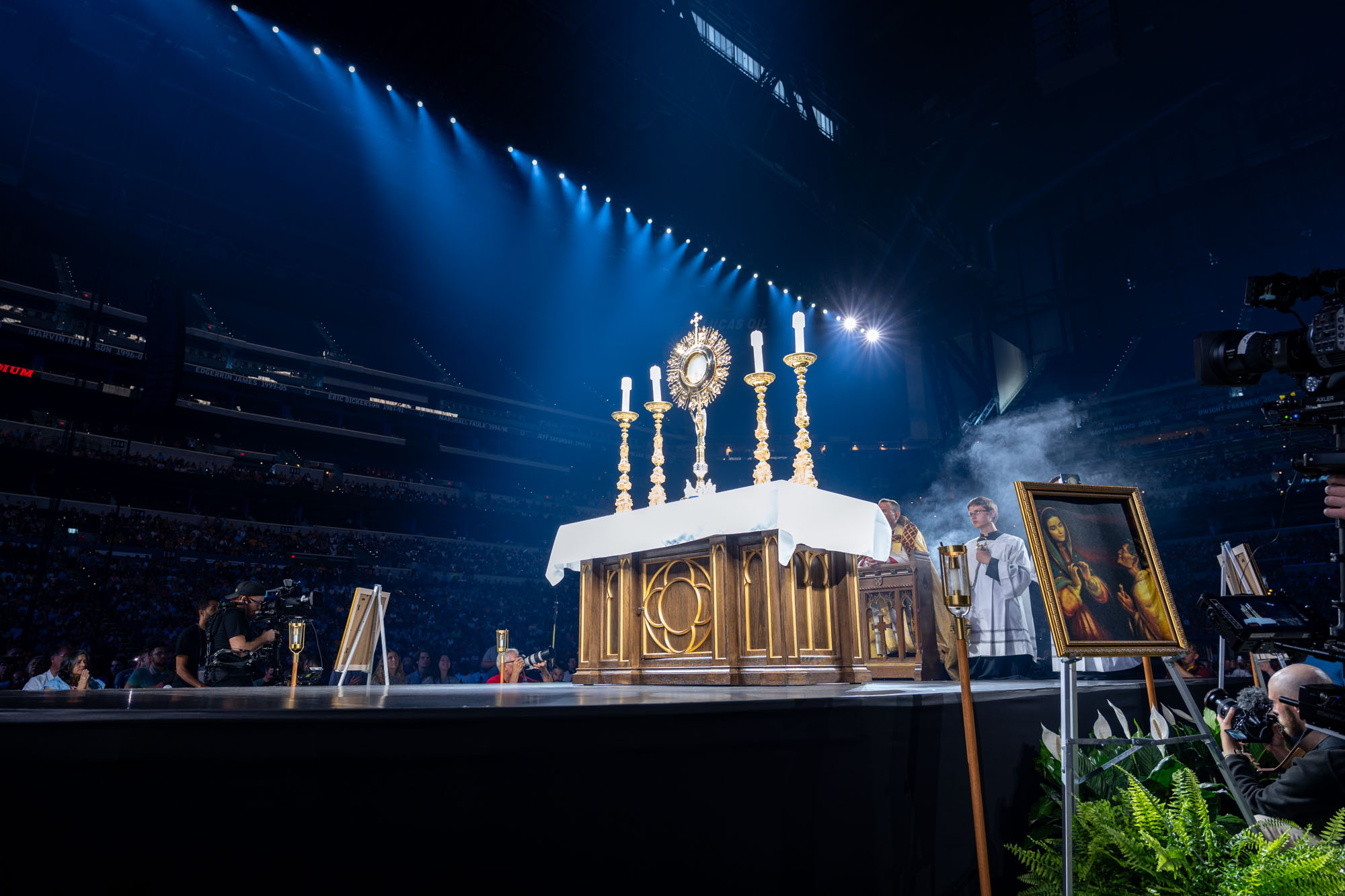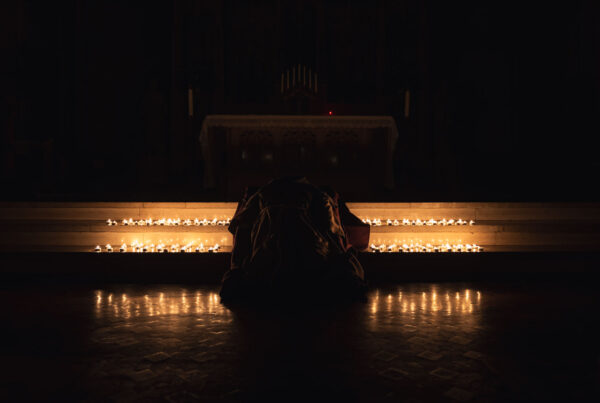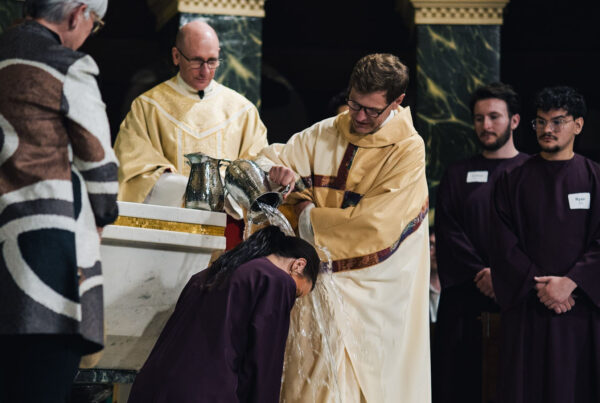Incense in the Catholic Church: History, Meaning, and Practice
Incense has held a significant role in Catholic liturgy and tradition for centuries. Its use, rich in symbolism and deeply rooted in history, extends beyond mere ritual to convey theological truths and spiritual realities. This article explores the origins, significance, and practical use of incense in the Catholic Church, revealing how it enhances worship and connects the faithful with the divine.
1. Historical Origins of Incense in Worship
The use of incense in religious rituals predates Christianity, with its origins traceable to ancient civilizations such as Egypt, Mesopotamia, and India. In these cultures, incense was offered to deities as a symbol of reverence, purification, and a means to establish a connection between the earthly and the divine.
In the Old Testament, incense plays a prominent role in Jewish worship. The Book of Exodus describes God’s command to Moses to build an altar specifically for burning incense (Exodus 30:1-10). The aromatic blend, known as the “holy incense,” was a sacred mixture reserved for worship in the Tabernacle. The rising smoke symbolized prayers ascending to God, a theme echoed in the Psalms:
“Let my prayer be counted as incense before you, and the lifting up of my hands as the evening sacrifice” (Psalm 141:2).
The early Christian Church, rooted in Jewish tradition, adopted the use of incense in its liturgy. By the fourth century, incense became a common element in Christian worship, particularly in the Eastern Churches. Over time, its use spread to the Western Church, becoming a vital part of Catholic liturgical practice.
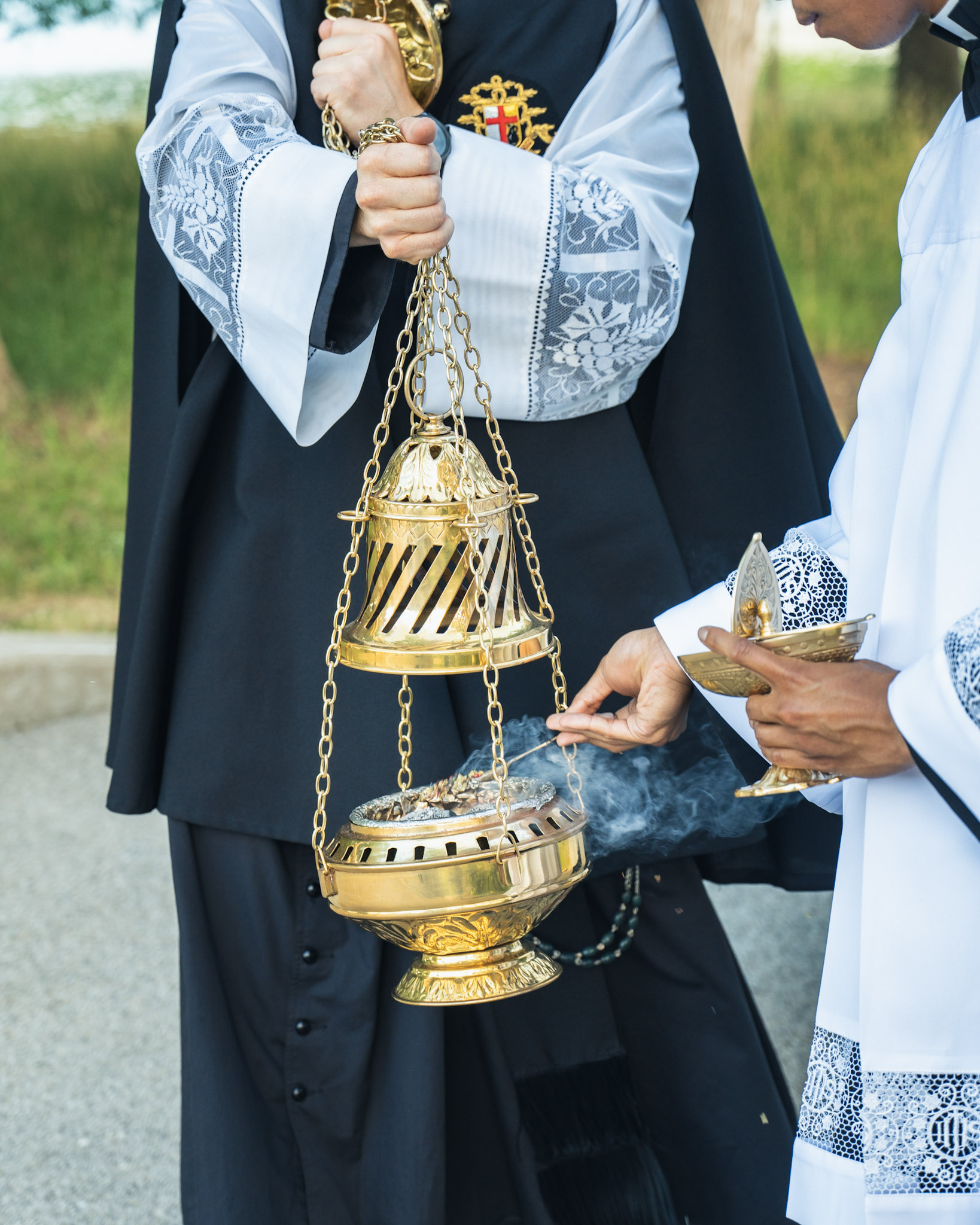 2. Symbolism and Spiritual Meaning
2. Symbolism and Spiritual Meaning
Incense carries profound symbolic meanings in Catholic worship. Its primary symbolism is the representation of prayer. The rising smoke is seen as a visual metaphor for the prayers of the faithful ascending to God, as described in Revelation:
“The smoke of the incense, together with the prayers of God’s people, went up before God from the angel’s hand” – (Revelation 8:4).
Additionally, incense signifies purification and sanctification. The burning of incense is a physical act that symbolizes the purification of the worship space, clergy, and congregation, preparing them for communion with God. This theme is particularly evident in the Rite of Dedication of a Church and an Altar, where incense is used to consecrate the altar and the building.
Incense also represents the divine presence. The rich aroma and visible smoke remind the faithful of the mystery and transcendence of God. In this way, incense engages multiple senses, fostering a deeper connection to the sacred and inviting worshippers to enter into the mystery of faith.
3. Liturgical Use of Incense
The use of incense in the Catholic Church is governed by specific liturgical norms and is incorporated into various rites and ceremonies. Below are some key instances where incense is employed:
- Mass:
- During the celebration of the Eucharist, incense may be used at several points: the entrance procession, the beginning of the Mass to incense the altar, the proclamation of the Gospel, the preparation of the gifts, and during the elevation of the Eucharistic elements.
- The celebrant and deacon use a thurible (censer) to dispense the incense. The swinging motion of the thurible disperses the aromatic smoke, symbolizing the extension of prayers and blessings.
- Adoration and Benediction:
- Incense is used during Eucharistic Adoration and Benediction to honor the Real Presence of Christ in the Eucharist. The Blessed Sacrament is incensed as a sign of worship and reverence.
- Funerals:
- At Catholic funerals, the coffin is incensed as a sign of respect for the deceased, whose body was a temple of the Holy Spirit. The act also symbolizes the prayers offered for the repose of the soul.
- Solemnities and Feasts:
- Incense is often used during solemn liturgies, such as Christmas, Easter, and major feast days, to emphasize the celebration’s significance.
- Processions:
- In liturgical processions, such as those on Palm Sunday or the Feast of Corpus Christi, incense is used to sanctify the path and honor the sacred elements being carried.
4. Practical Aspects of Incense Use
The incense used in Catholic worship is typically made from resin, often derived from trees like frankincense and myrrh. These resins may be blended with other aromatic substances to create a unique fragrance. The Church requires that the incense be of high quality, as it is used in the worship of God.
The thurible, or censer, is the vessel used to burn incense. It is usually made of metal and is suspended by chains, allowing it to be swung during the liturgy. The thurible has a perforated lid to allow the smoke to escape. Charcoal is placed inside the thurible, and the incense is sprinkled onto the hot coals to produce smoke.
The minister responsible for the thurible is known as the thurifer. This role requires skill and attentiveness, as the proper use of the thurible contributes to the solemnity and beauty of the liturgy.
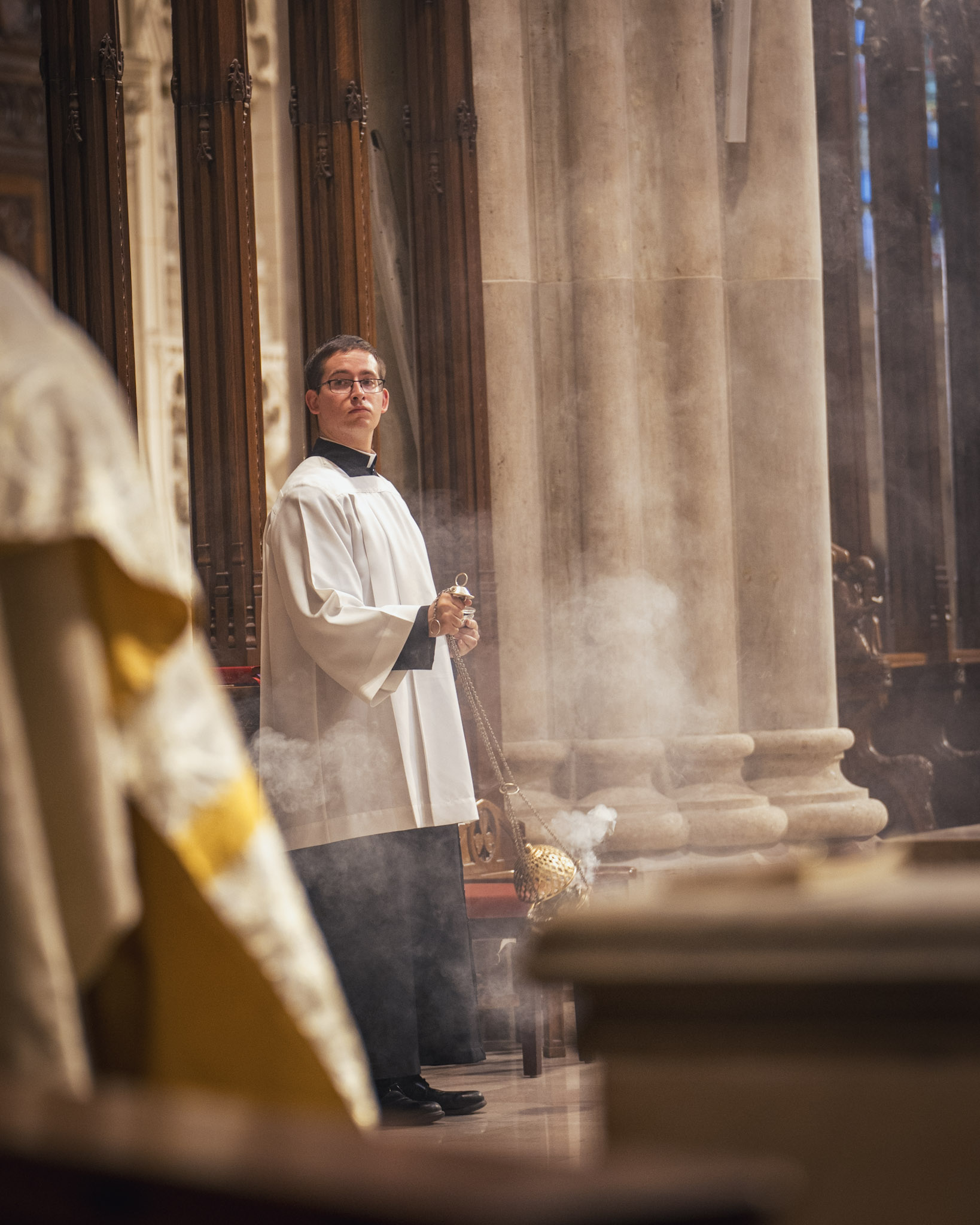 5. The Role of Incense in Personal Devotion
5. The Role of Incense in Personal Devotion
While incense is most commonly associated with public liturgical celebrations, it also holds a place in personal prayer and devotion. Many Catholics use incense in their homes during times of prayer, particularly when reciting the Rosary or engaging in contemplative practices. The act of burning incense at home mirrors its liturgical use, creating a sacred atmosphere and symbolizing the lifting of prayers to God.
6. Challenges and Considerations
Despite its rich symbolism and historical significance, the use of incense is not without challenges. Some individuals may have sensitivities or allergies to the smoke, which can pose difficulties during liturgical celebrations. To address this, some churches have adopted alternative practices, such as using less incense or choosing hypoallergenic blends.
Another consideration is the proper formation of clergy and lay ministers in the use of incense. Ensuring that incense is used reverently and skillfully enhances the liturgical experience and avoids distractions.
Summary
The use of incense in the Catholic Church is a tradition steeped in history, symbolism, and spiritual depth. From its roots in ancient worship to its central role in the Church’s liturgy, incense serves as a powerful symbol of prayer, purification, and the divine presence. Its aromatic smoke and rising curls draw the faithful into a deeper sense of the sacred, enriching their worship and fostering a profound connection with God.
In a world often characterized by the mundane, the use of incense in Catholic worship offers a tangible reminder of the transcendent. As the smoke rises, it carries with it the prayers, hopes, and intentions of the faithful, ascending to the heavens as a fragrant offering to the Almighty.
Would you like to stay close to the Holy Eucharist all day long?
Now you can, I have 8 Holy Eucharist Wallpapers for you, so you can stay connected with Jesus Christ anywhere you are!

